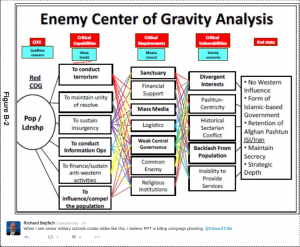Complaints about Twitter ignoring cases of abuse are quite common, “A Honeypot For Assholes” [How To Monetize Assholes/Abuse]. I may have stumbled on why Twitter “ignores” abuse cases.
Twitter staff aren’t “ignoring” abuse cases, they are too damned busy being ad hoc government censors to handle abuse cases.
Consider: How Israel is trying to enforce gag orders beyond its borders by Michael Schaeffer Omer-Man.
From the post:
Israeli authorities are taking steps to block their own citizens from reading materials published online in other countries, including the United States.
The Israeli State Attorney’s Office Cyber Division has sent numerous take-down requests to Twitter and other media platforms in recent months, demanding that they remove certain content, or block Israeli users from viewing it.
In an email viewed by +972, dated August 2, 2016, Twitter’s legal department notified American blogger Richard Silverstein that the Israeli State Attorney claimed a tweet of his violates Israeli law. The tweet in question had been published 76 days earlier, on May 18. Silverstein has in the past broken stories that Israeli journalists have been unable to report due to gag orders, including the Anat Kamm case.
Without demanding that he take any specific action, Twitter asked Silverstein to let its lawyers know, “if you decide to voluntarily remove the content.” The American blogger, who says he has not stepped foot in any Israeli jurisdiction for two decades, refused, noting that he is not bound by Israeli law. Twitter is based in California.
Two days later, Twitter sent Silverstein a follow-up email, informing him that it was now blocking Israeli users from viewing the tweet in question. Or in Twitter-talk, “In accordance with applicable law and our policies, Twitter is now withholding the following Tweet(s) in Israel.”
…
It’s no wonder Twitter lacks the time and resources to think of robust solutions that enable free speech and at the same time, protects users who aren’t interested in listening to the free speech of certain others.
Both rights are equally important but Twitter has its hands full responding in an ad hoc fashion to unreasonable demands.
Adopt a policy of delivering any content, anywhere, from any author and empower users to choose what they see.
The seething ball of lawyers, which add no value for Twitter or its users, will suddenly melt away.
No issues to debate.
Governments block content on their own or they don’t.
Users block content on their own or they don’t.
BTW, 972mag.com needs your financial support to keep up this type of reporting. If you are having a good month, keep them in mind.










